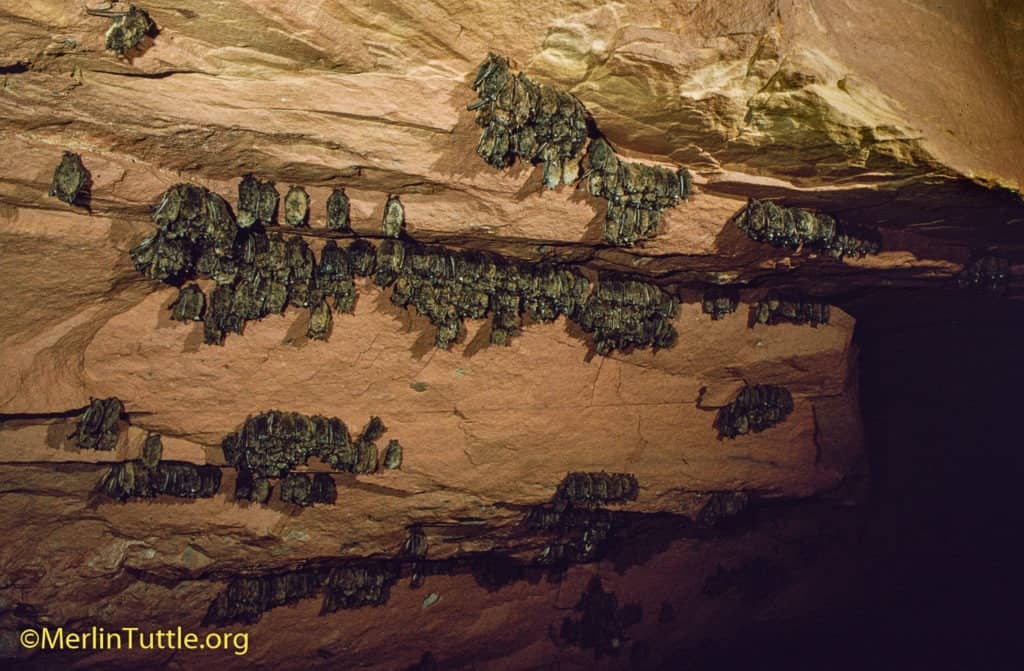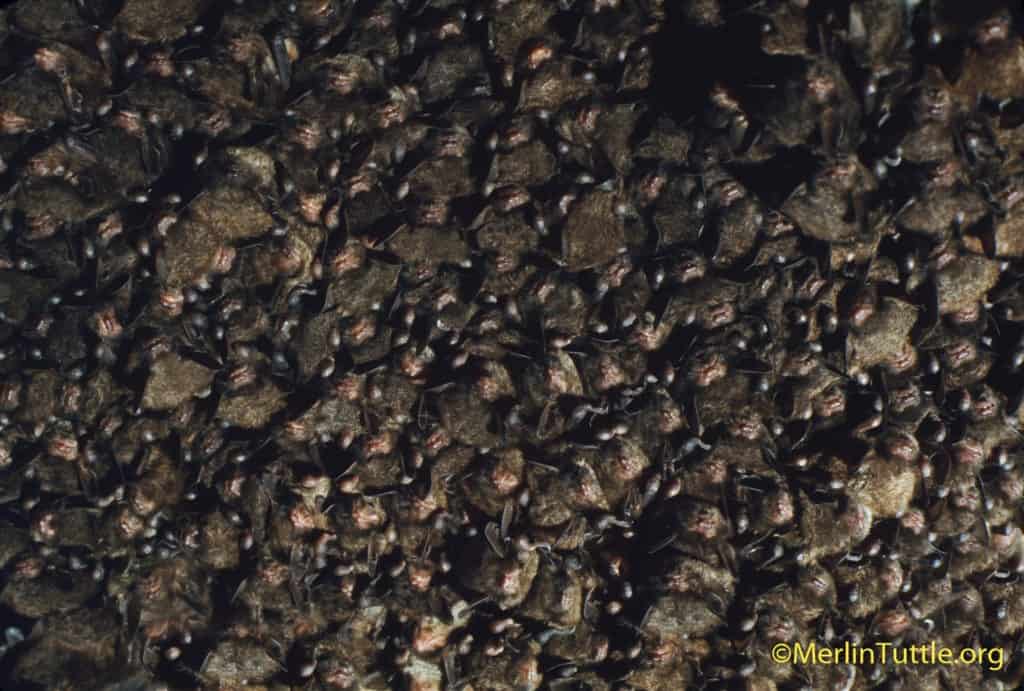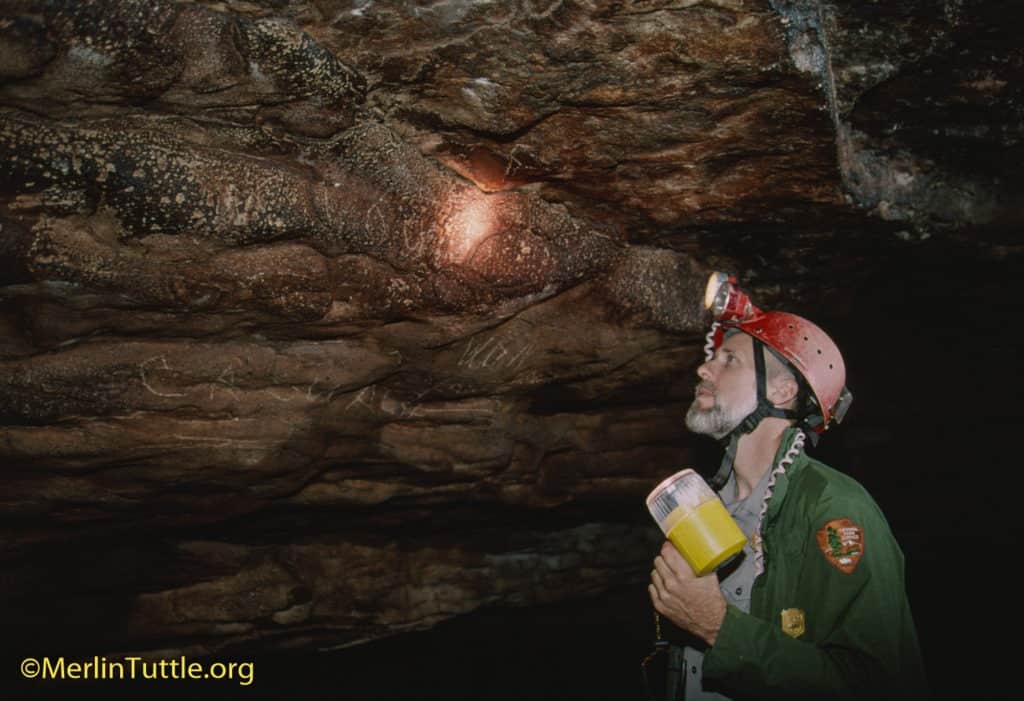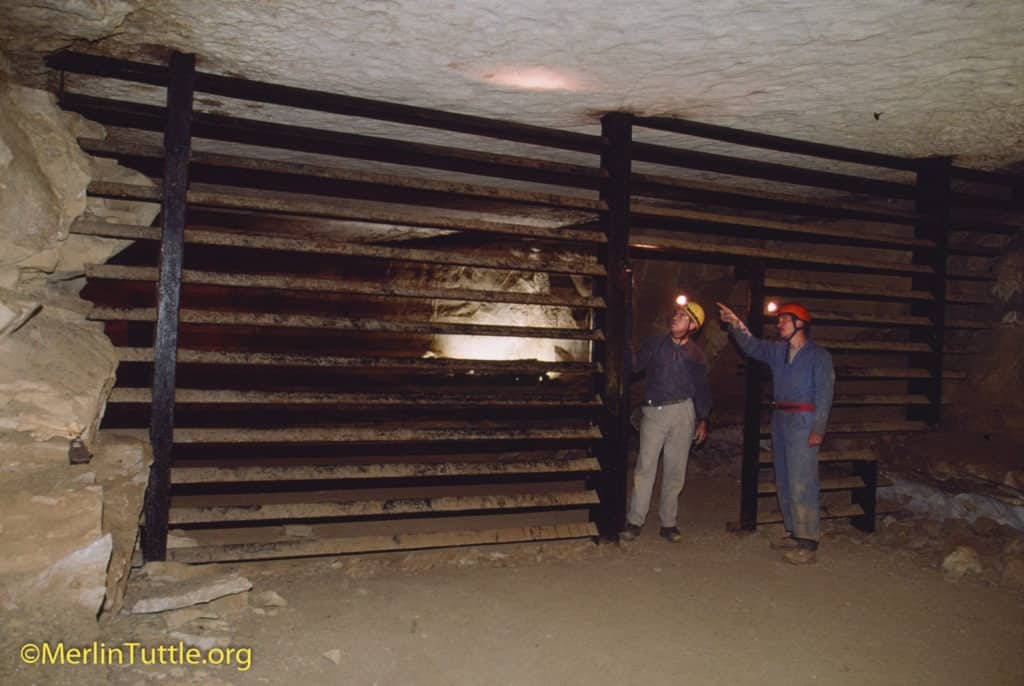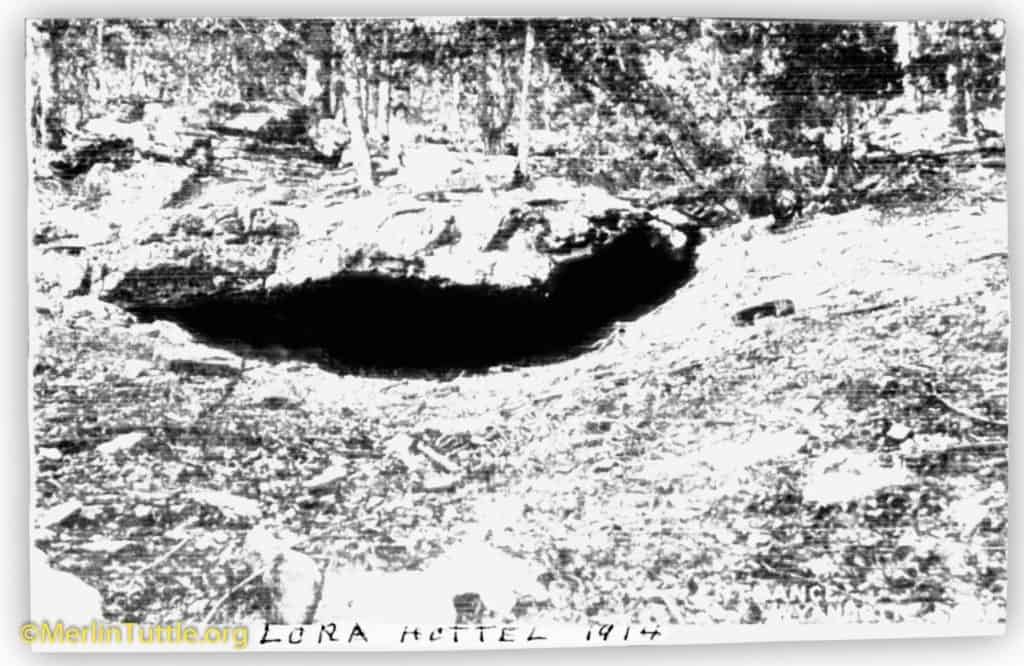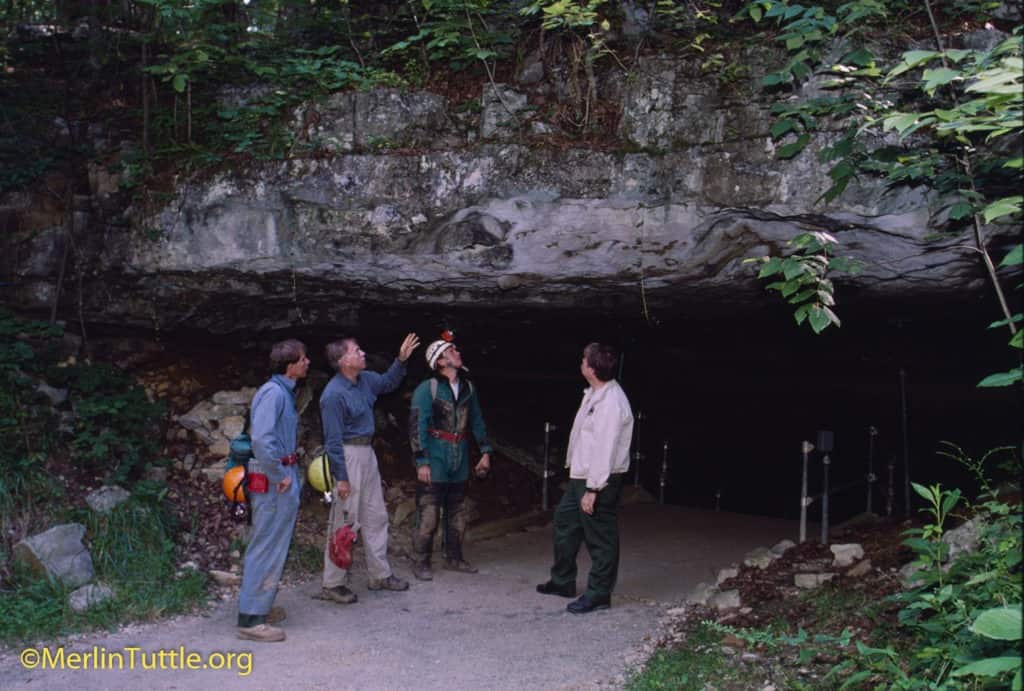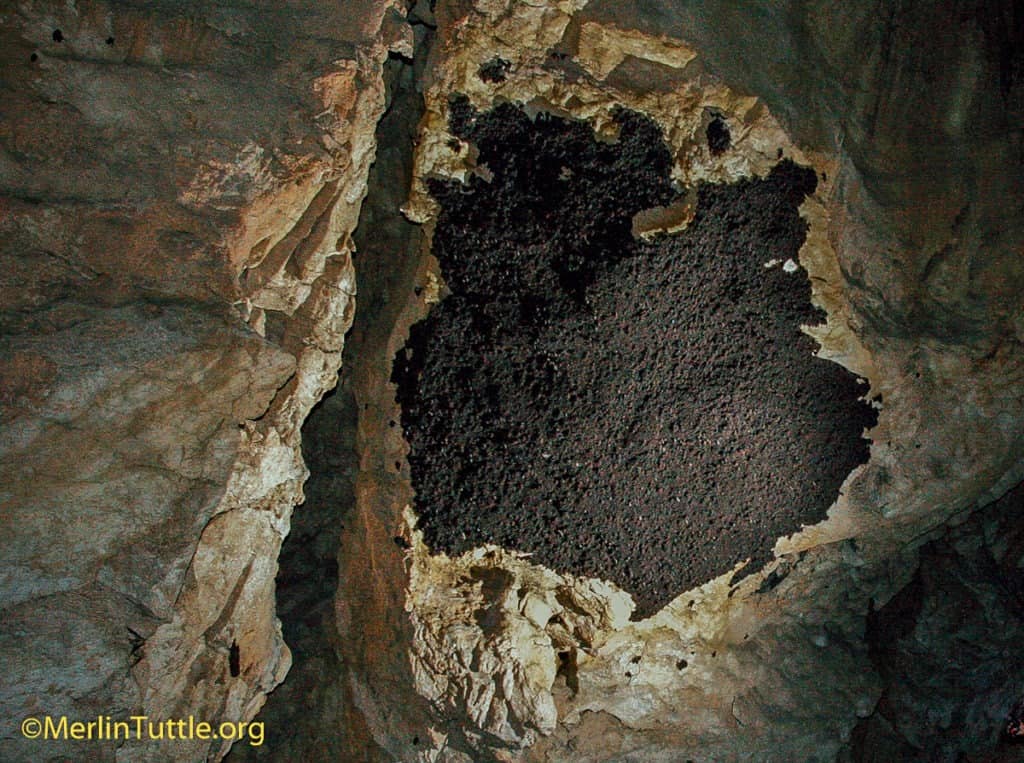Though hypothesized to have arrived via a human who had entered an infected cave in Europe prior to visiting one in New York, it is equally plausible that WNS arrived via a bat that hitchhiked in a shipping container. Such transoceanic transport of bats is well documented. There is also no evidence that caver decontamination protocols have slowed the spread, though I’d prefer not to see potentially contaminated caving gear transported into WNS-free areas.
Managers and biologists understandably have felt an urgent need to stop WNS or find a cure. Nevertheless, it’s time to admit that we are powerless to stop it and that a safe, effective, and practically applicable cure is exceedingly unlikely to be found. There is no reason to believe that WNS will not spread to all of America’s susceptible, cave-hibernating species, though several already have proven resistant.
Available evidence suggests that WNS spread across Europe long ago, probably killing lots of bats, as is happening now in North America. But a few bats, with genetic resistance or perhaps better hibernation conditions, survived and gradually rebuilt populations, as now appears to be happening in America. Remnant little brown myotis (Myotis lucifugus), one of America’s hardest hit species, are reported to be successfully reproducing with gradual recovery anticipated.
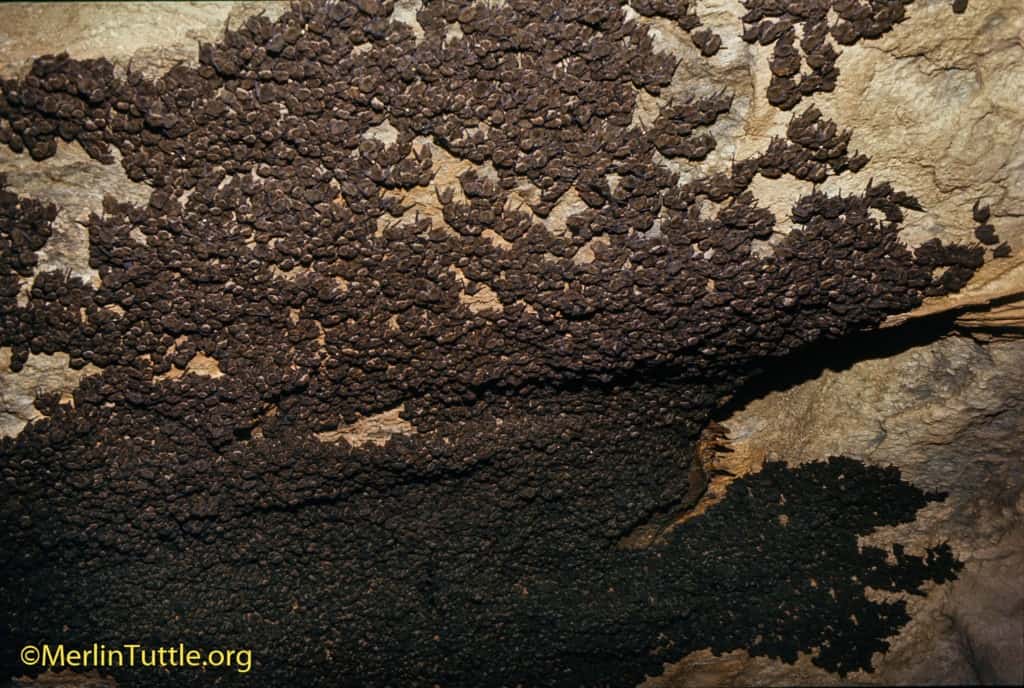
Continuing to survey hibernation sites for a fungus that we can’t stop or cure is a waste of limited funds that is likely doing more harm than good. It is time to admit that activities that disturb bats during hibernation are hindering recovery. There can be no justification for adding harm, no matter how well intended the efforts.
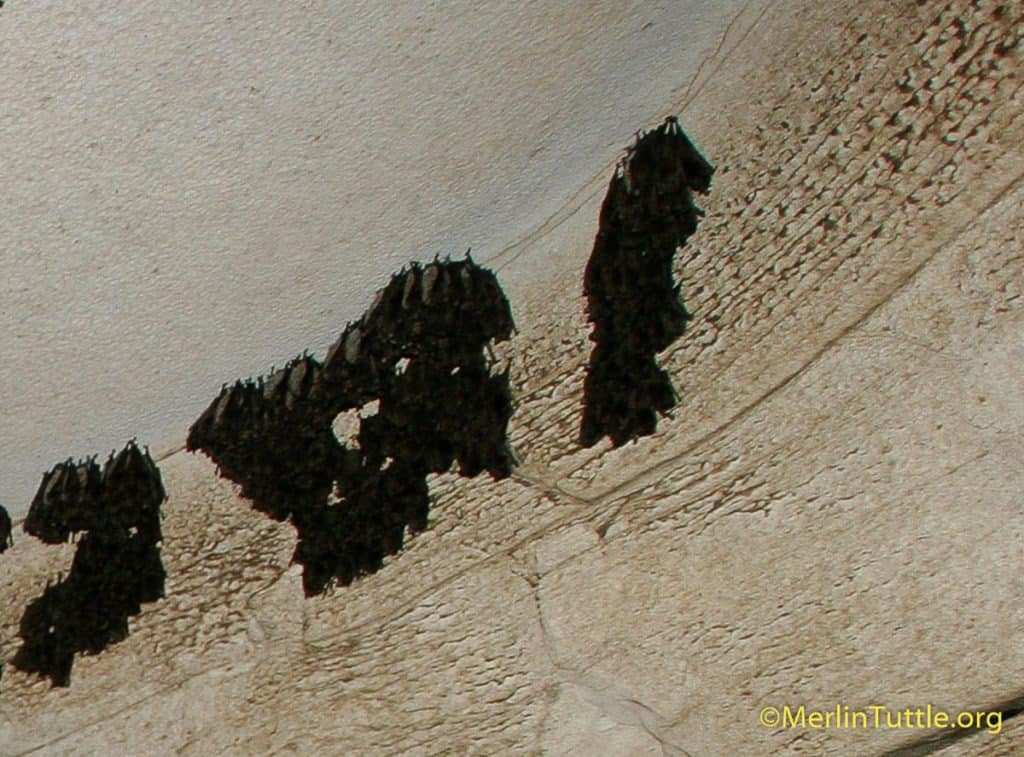
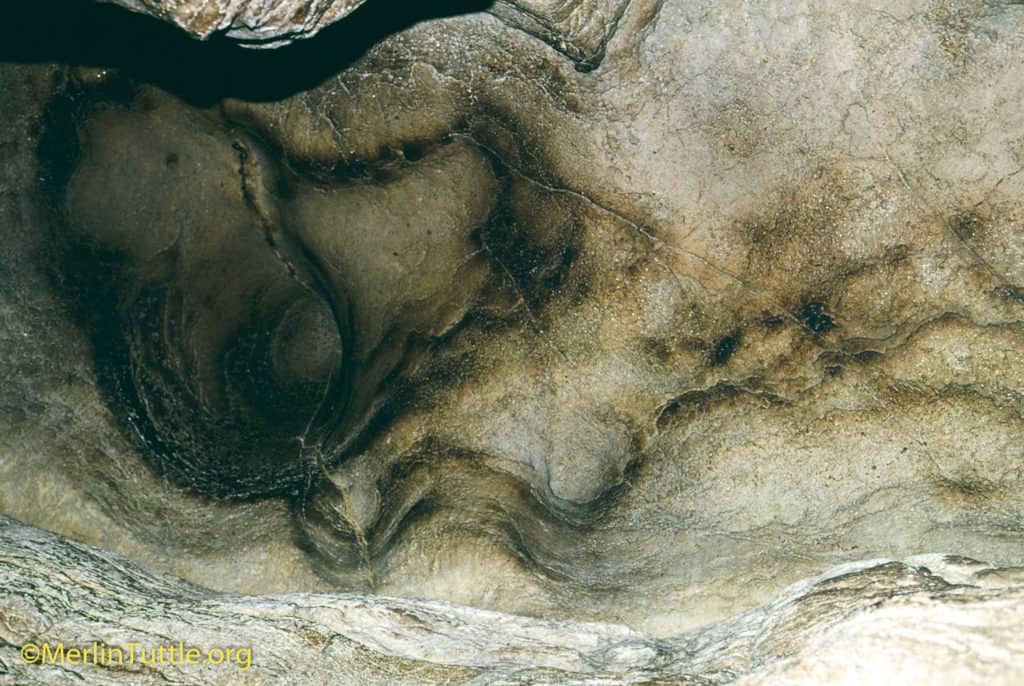
To best help remaining bats the disturbance caused by winter surveys and “cure-hunting” research in hibernacula should be terminated. Major, adversely altered hibernation sites should be restored, and all roosts, especially those used for hibernation, should be improved. Finally, population trends must to be monitored for evaluation of success or failure and for tracking threatened and endangered status. For this, we should focus more attention on expansion and improvement of electronic monitoring in summer foraging habitats and at entrances to key roosts where feasible. If winter entry into hibernacula is permitted at all, it should be limited to one brief visit once every two-three years.
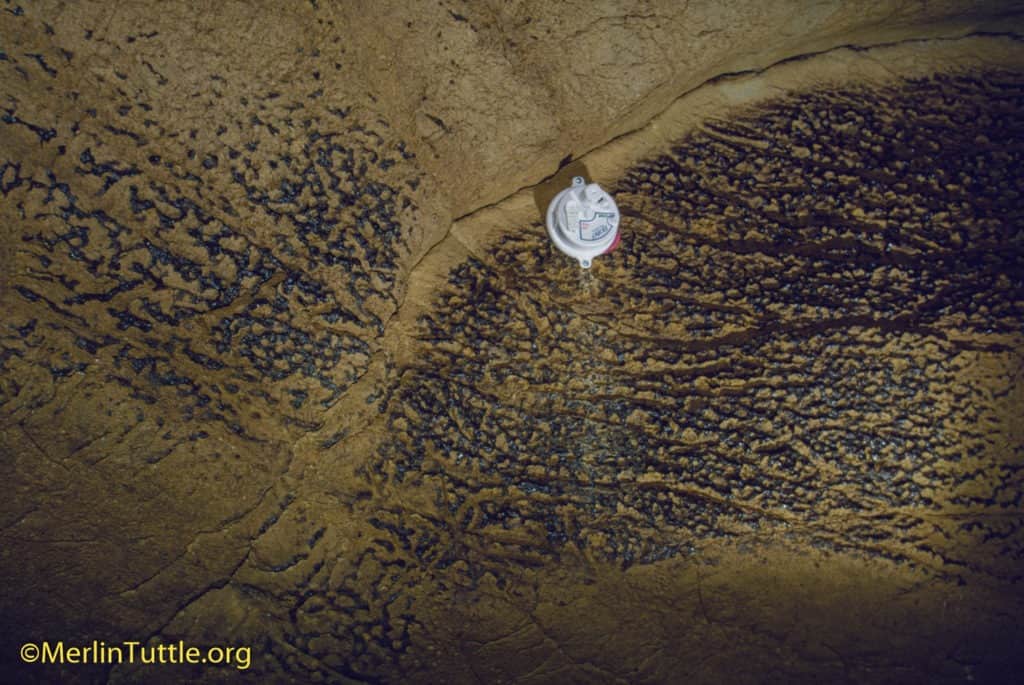
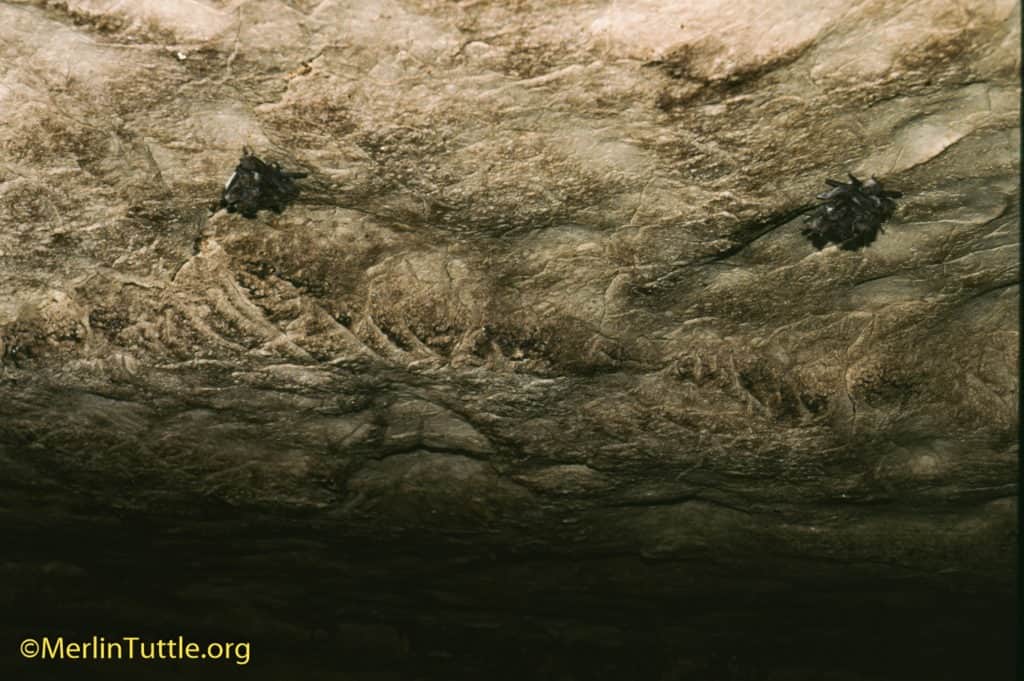
Many of America’s best traditional bat hibernation caves have been altered for human activities. Some of these formerly sheltered hundreds of thousands, even millions of bats, but most of North America’s bats had been extirpated long before the arrival of WNS. Many former hibernation sites are still unavailable to bats, forcing remnant populations to survive suboptimal conditions (Tuttle and Kennedy 2002) where reported observations can be very misleading. In fact, this may be a contributing factor in their susceptibility to WNS. Some caves of major past importance, such as Wyandotte Cave in Indiana, could be better restored at minimal cost (Tuttle 2005). And substantial opportunities exist at key sites, such as Mammoth Cave in Kentucky (Tuttle 1997). Even when former caves of great importance have been protected from further disturbance, altered air flow often hasn’t been restored sufficiently to best meet bat needs.
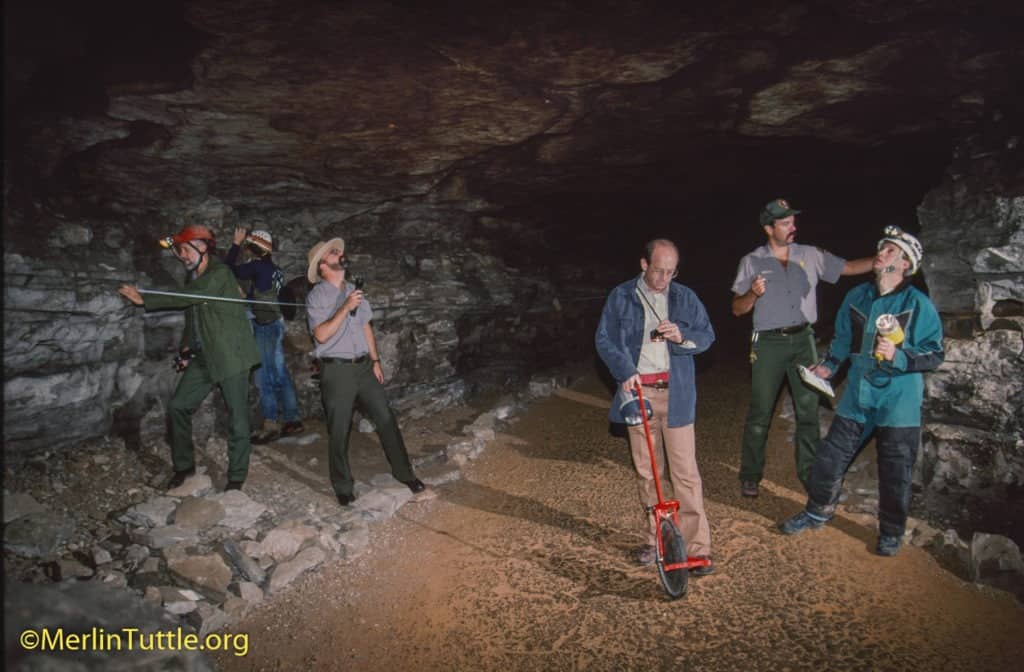
Left: This photo from 1914 illustrates how America’s greatest bat hibernation caves have been altered in a manner devastating to hibernating bats. Wyandotte Cave in Indiana originally sheltered one of America’s largest hibernating bat populations, potentially a million or more, based on roost staining evidence. To enhance access for tourists, its main entrance was greatly enlarged in a manner that permitted previously trapped cold air to escape, like water from a broken dam. For every cubic foot of cold air that escapes, an equal amount of warm air is drawn in through the upper entrances. This adversely raised roost area temperatures. Additionally, a gate that blocked entry of cold air in winter reduced bat numbers to a mere 2,000. A new, bat-friendly gate increased numbers to nearly 27,000 by 2003, at which time I convinced the state to terminate winter tours. In just two years the endangered Indiana myotis population doubled to 54,800, well illustrating the benefit of eliminating human disturbance. It is my firm belief that further provision of an inexpensive several-foot-tall entry wall to once again dam up cold air stored in winter, could result in even more dramatic recovery (Tuttle 2005). For an insignificant cost, Wyandotte Cave could once again become home to more endangered Indiana myotis than now exist in all the rest of America combined. I still dream of this becoming a reality. For this species to have remained endangered for so long is simply unacceptable. Right: During my 1997 visit to Wandotte Cave, I explained how simple it would be to dramatically expand the endangered Indiana bat population by merely providing a low entry wall and door to prevent cold air leakage in summer. This is the same entrance shown above in its unaltered state. Keeping this species endangered is squandering millions of dollars annually, needlessly increasing the cost of nearly every new project in eastern North America and threatening the Endangered Species Act.
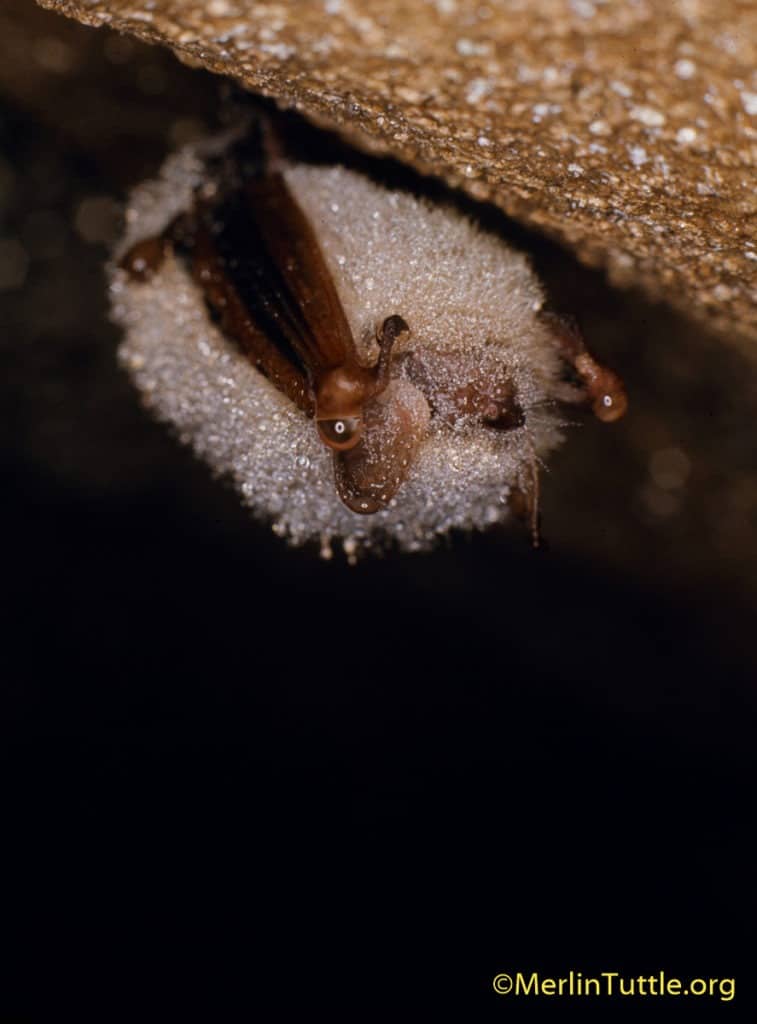
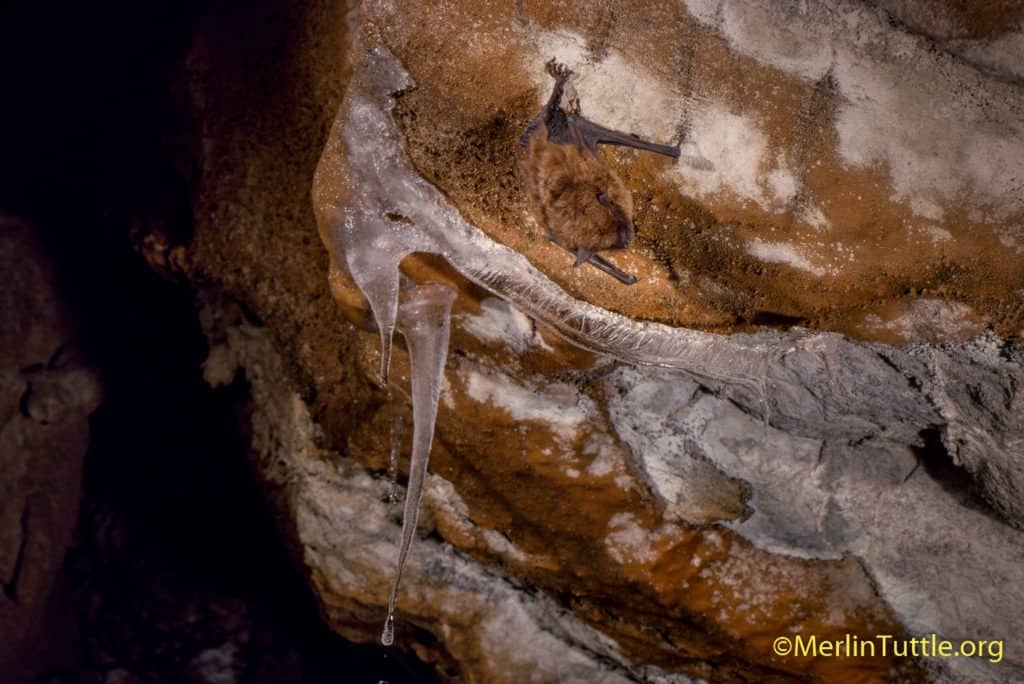
Hibernation is best served in caves where large passages or rooms are located below the lowest of multiple entrances at different elevations. This permits chimney-effect air flow and trapping of the heavier cold air in areas large enough to buffer against rapid changes. It also provides relatively stable, low temperatures year-round (Tuttle and Stevenson 1978). Finding low temperatures on arrival in fall is extremely important to saving energy that must last till spring.
Knowledge of hibernation requirements for most American bats is woefully inadequate, often misleading. Much of what we think we know is likely wrong, since remaining bats we’ve seen in caves were often no longer able to occupy preferred locations. Many have moved to warmer, less suitable roosts simply to avoid costly arousals caused by human disturbance. When safe from intrusion they move to other areas, often those that provide lower temperatures. Because existing reports are often misleading, I provide brief overviews from my unpublished observations at especially important roosts where I and others have recorded data.
My best studied gray myotis colony remained stable at approximately 100,000 for some 30 years. However, following several years of protection from all human intrusion, they moved from inner roosts where mid-winter temperatures ranged 7 – 9 º C to roosts much nearer the main cave entrance where the temperature was 0 – 2 º C. Numbers then doubled over the next decade, probably due to energy savings from lowered metabolism and fewer arousals. This cave additionally provides a much warmer upper roost where bats can save energy during brief bouts of activity.
Studies of endangered Indiana myotis indicate a preference for arrival temperatures of 9 º C or less and mid-winter temperatures that are quite stable in the 3 – 6 º C range. Based on personal observations at more than 50 hibernation caves, from Wisconsin to Florida, including sites sheltering more than a million bats, I suspect that most prefer diverse caves that provide extraordinarily wide temperature ranges, roughly 0 – 13 º C in mid-winter. This is a key hedge against severe weather and climate change and also permits large energy saving during, periodic bouts of winter activity. Loss of roosts with such wide ranges of stable temperature, further exacerbated by recent warming trends, may indeed be a contributing factor in WNS mortality.
